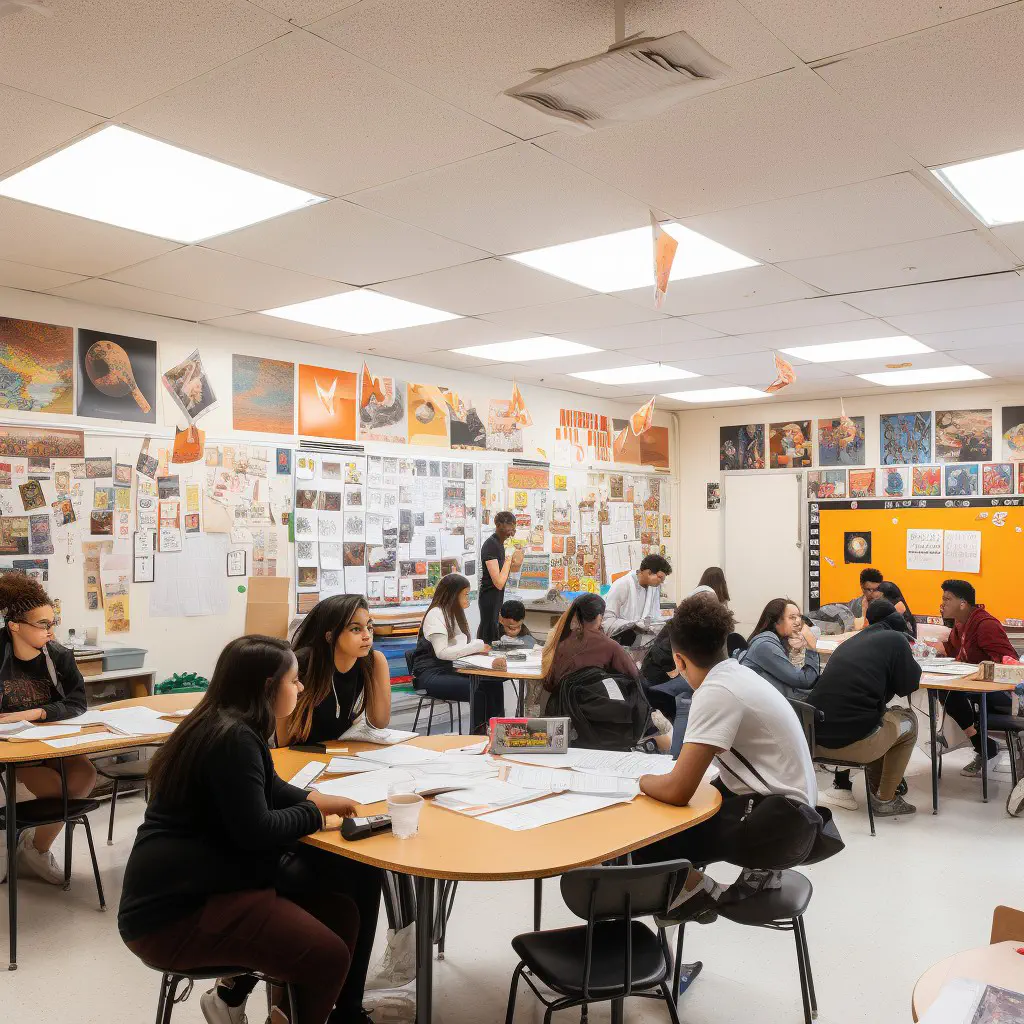
Introduction
Maximizing learning potential is a crucial aspect of education that often goes overlooked. All students have the ability to learn, but some may require unique approaches to unlock their full potential. In this article, we will explore several innovative and effective learning strategies that can be used to maximize learning potential and help students achieve academic success. From active and personalized learning to retrieval practice and spaced practice, these approaches have been tested and proven to increase engagement and enhance retention. By integrating these strategies into the classroom, educators can help students reach their full potential and succeed in their academic pursuits.
Understanding Learning Potential
Learning potential refers to an individual’s innate capacity to learn and absorb new information effectively. It is shaped by various factors such as genetics, early childhood experiences, socio-economic background, and access to quality education.
A person’s learning potential is not fixed and can be enhanced through various strategies and approaches. It is important to understand that everyone’s learning potential is unique and can be developed in different ways.
As educators and learners, it is our responsibility to maximize our learning potential by identifying our strengths and weaknesses, utilizing effective learning strategies, and creating an environment that fosters growth and learning. By doing so, we can unlock our full potential and achieve our goals.
Innovative Learning Strategies
In order to maximize students’ learning potential, it is important to implement innovative and effective learning strategies in the classroom. The following are some of the most effective innovative learning strategies:
Active Learning
Active learning is a teaching method that requires students to engage in the learning process through activities that promote critical thinking, problem-solving, and reflection. There are various types of active learning, including:
- Case studies
- Class discussions
- Role-playing
- Peer teaching
- Games and simulations
Active learning has several advantages over traditional teaching methods, including increased student engagement, improved retention of material, and higher levels of student satisfaction.
Personalized Learning
Personalized learning is an approach to teaching that tailors instruction to the unique needs and preferences of individual students. The following are some ways to implement personalized learning:
- Adaptive learning technologies
- Flexible curriculum
- Competency-based assessments
Personalized learning has several advantages, including improved student outcomes and increased engagement.
Collaborative Learning
Collaborative learning is an approach to teaching that promotes teamwork and participation. The following are some ways to implement collaborative learning:
- Group projects
- Shared writing assignments
- Peer mentoring
- Think-pair-share activities
Collaborative learning has several advantages, including improved learning outcomes, increased social support, and higher levels of student satisfaction.
Effective Learning Strategies
Effective learning strategies are those that have been proven to increase student engagement, retention, and understanding. These strategies are research-based and can be implemented in any classroom. Here are some of the most effective learning strategies:
Retrieval Practice
Retrieval practice is a learning strategy that involves periodically retrieving information from memory. This can be done through quizzes, brief writing exercises, or other activities that require students to recall information they have learned. Retrieval practice has been shown to increase long-term retention of information.
Some benefits of retrieval practice include:
- Helping students identify gaps in their knowledge
- Encouraging students to think critically about the material
- Enhancing students’ long-term memory of the material
To implement retrieval practice in the classroom, try incorporating brief quizzes or writing exercises throughout the unit or chapter. These can be low-stakes or high-stakes, depending on the goals of the lesson.
Spaced Practice
Spaced practice is a learning strategy that involves spacing out study sessions over time. This allows students to review information multiple times, with periods of rest in between. Spaced practice has been shown to improve long-term retention and understanding of the material.
Some benefits of spaced practice include:
- Promoting retention of information over the long-term
- Encouraging deeper processing of the material
- Helping students avoid cramming for exams
To implement spaced practice in the classroom, encourage students to study a little bit every day, rather than cramming for exams. You can also incorporate review sessions spaced out over the unit or chapter.
Interleaving
Interleaving is a learning strategy that involves mixing up different types of problems or tasks during a study session. This promotes deeper understanding and retention of the material, as students must continually switch between different types of problems.
Some benefits of interleaving include:
- Encouraging students to make connections between different types of information
- Helping students identify common problem-solving strategies
- Promoting deeper processing of the material
To implement interleaving in the classroom, try mixing up different types of problems or tasks during a study session, rather than focusing on one type of problem at a time. This can be particularly effective for problem-solving tasks, such as math or science problems.
Conclusion
Innovative and effective learning strategies are essential for maximizing learning potential and unlocking students’ full potential. In this article, we discussed several strategies that can help achieve this goal.
Active learning encourages students to engage in the learning process actively. Personalized learning helps students take the lead and tailor their learning to their unique needs. Collaborative learning fosters teamwork, communication, and problem-solving skills.
Effective learning strategies such as retrieval practice, spaced practice, and interleaving facilitate long-term retention and understanding. They encourage students to actively recall information, practice at staggered intervals, and connect related concepts.
By incorporating innovative and effective learning strategies into the classroom, teachers can help students reach their full potential. It is essential to remember that everyone learns differently, and no one strategy is right for every student. Therefore, teachers should be willing to adapt and adjust their approach to best suit their students’ unique learning needs.
In conclusion, maximizing learning potential requires a flexible and adaptable approach that leverages both innovative and effective learning strategies. By doing so, students can enjoy a more engaging and rewarding learning experience that prepares them for success in the future.


